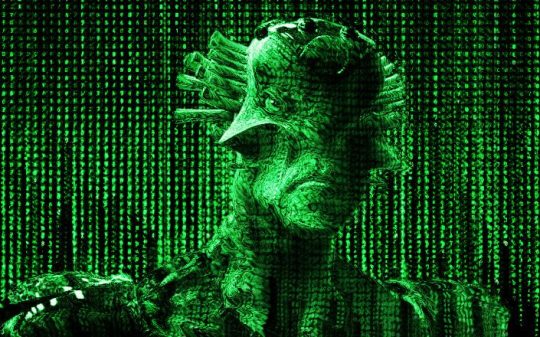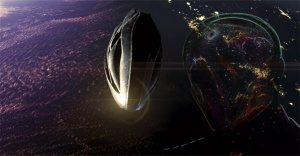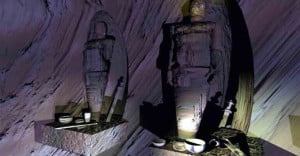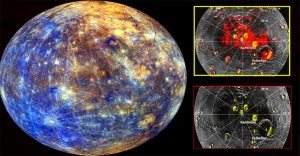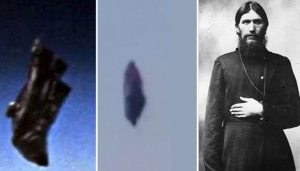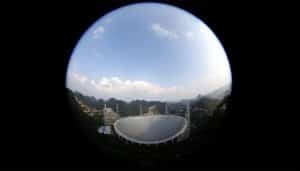Ever since mankind wondered about extraterrestrial lifeforms, it was presumed that they would share a structure similar to those that inhabit Earth. We see Hollywood productions that feed us only a narrow vision upon what alien life might look like, every creature we see on the big screen featuring some familiar carbon or silicon-based life form. Scientists on the other hand, believe them to be wrong.
Unlike the mainstream movie industry, late Douglas Adams’ “Hitchhiker’s Guide to the Galaxy” novels tell of a fictional character named Hoovooloo, described as a super intelligent shade of the color blue. This display of untamed imagination is a trait in most visionary men that predicted many inventions that came to be in the late future (i.e. Jules Verne), so it is not excluded for us to come across an intelligent life form that to our current comprehension is nothing but a metaphor.
Dr. Paul Davies and co-author Dr. Sara Imari Walker from the Beyond Center for Fundamental Concepts in Science at the Arizona State University suggest that an organic structure with flesh and double-helix DNA might be endemic only to Earth. Life in the rest of the universe, they venture, could be based on something almost inconceivable by a simple mind: information.
Dr Sara Imari Walker, from Arizona State University has co-authored a study with Paul Davies, debating on the possibility that information rather than chemicals could be the basis for life.
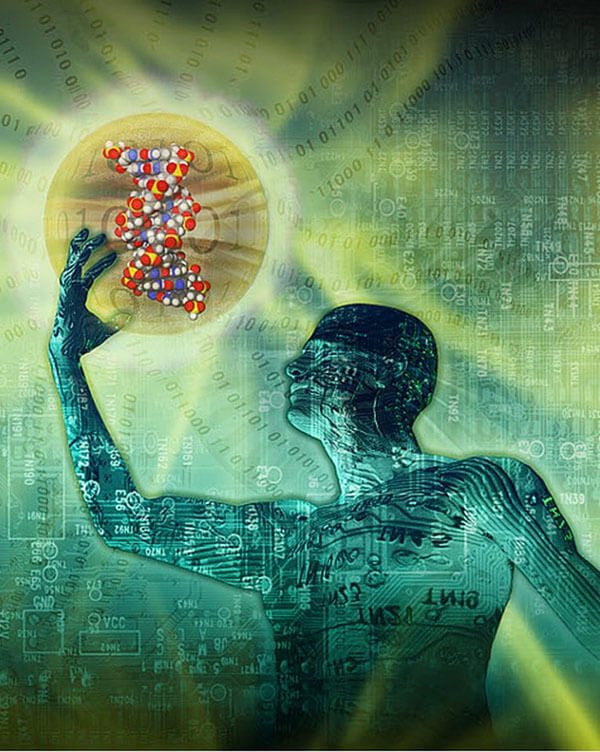
What’s more, Davies and Walker consider the scenario of the involvement of a non-physical, even godlike influence in the expansion of life throughout the cosmos. Chances are, when humanity will encounter extraterrestrial life, most likely it will not look at all like anything we have seen in science fiction movies.
“Without an understanding of ‘life’,” Davies and Walker write, “we can have little hope of solving the problem of its origin or provide a general-purpose set of criteria for identifying it on other worlds.”
The most basic DNA unit is the gene, humans having about 25,000 of them. A computer model of the human genome could be built by replacing each gene with the primate unit of computer code, known as a bit, thus one gene would equal one bit, but the genes are tangible, while the bit is a virtual abstract concept to depict electrical impulse behavior within a circuit board.
However, Davies and Walker raise the possibility that this basic divergence between real and virtual might be erroneous.
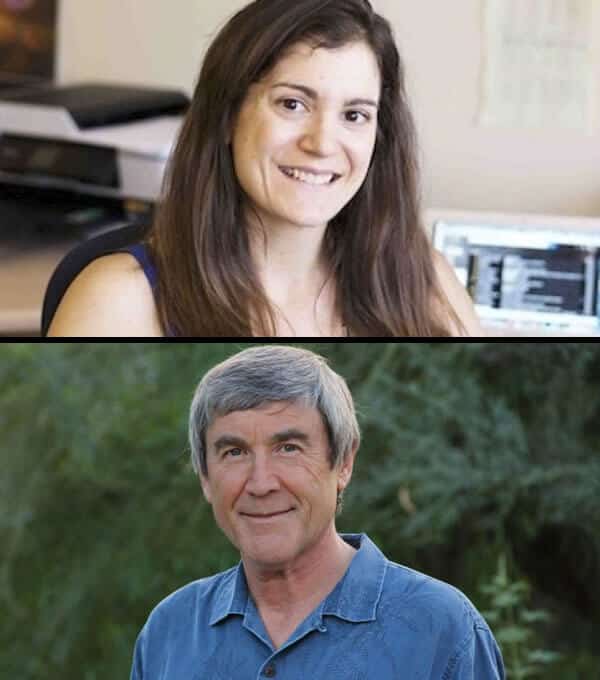
Dr. Sara Imari Walker and co-author Dr. Paul Davies
In spite of what anyone chooses to call it, the thought that life may not be completely understandable with theoretical physics and chemistry is interesting and somewhat troubling. Davies and Walker keep an open mind for the probability that some sort of metaphysical being will take an active role, though many physicists reject the idea of all creation to be the mark of a godly entity.
Sydney astrophysicist and bioastronomer Dr Maria Cunningham, of the UNSW School of Physics, approved of Davies and Walker’s paper as impressive, but questioned its possible religious implications.
“Davies’ ambiguity is deliberate, I think,” she said. “Since before the term intelligent design was coined – going back 25 years or so – he has maintained that the parameters and constants of our particular universe are so finely tuned that it does make you wonder whether this is just a random thing.”
“It’s something that physicists and philosophers have been talking about for a long time. I think maybe [Rene] Descartes was one of the first to actually come up with the idea that there had to be something separate for life – that it couldn’t just be a mechanistic process.”
Cunningham turned to recent studies revealing that hydrogen cyanide and hydrogen sulfide (also found freely in outer space), when exposed to ultraviolet light form nucleic acids, amino acids, and lipids, the basic building blocks of life. These and similar research projects may one day sufficiently answer the question of how life comes to exist, without reference to new science or old gods.
